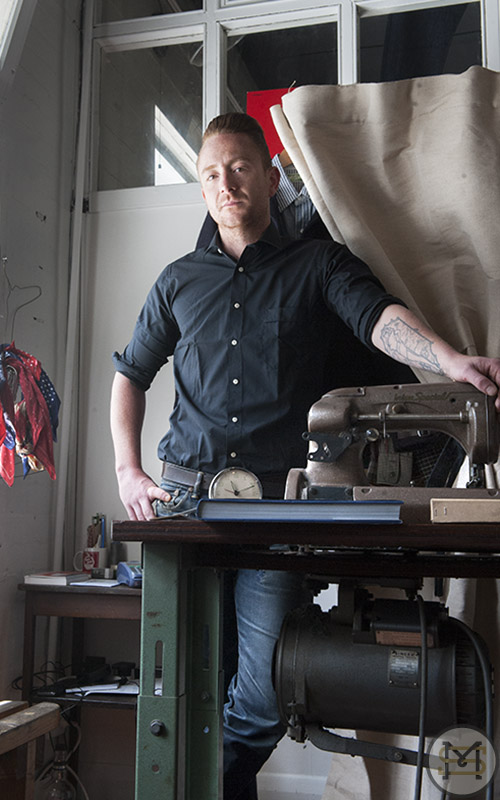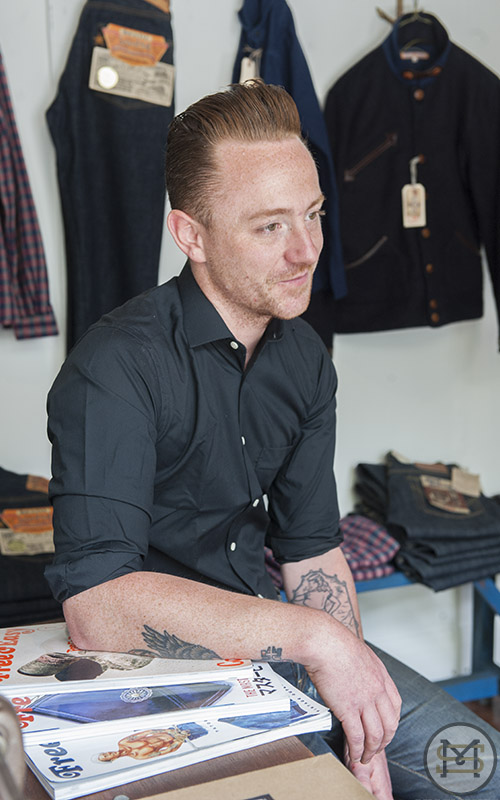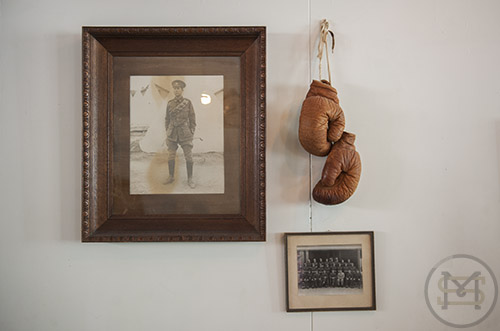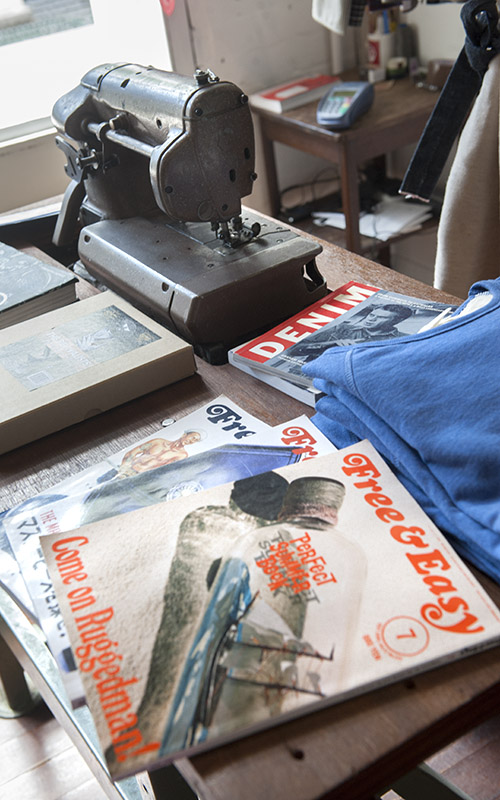Interview: Tim Kill
“I will do extra things at my own cost for my own satisfaction. I just love it. Guitar making has never been about the money for me.” - Tim Kill
Tim Kill remembers with perfect recall the day INXS guitarist Garry Beers came calling. The kid from Frankston who had directed his focus from the age of 16 toward making guitars was wandering around Bunnings when the phone rang. Garry wanted a guitar. And he wanted Tim to make it.
Tim: “It was just bizarre. He [Garry] wanted to catch up and it was all just super cash. From being in such an iconic Australian rock band he was just a real down to Earth guy. Same with guys like Colin Hay – he’d just come around to the workshop and start swearing like a trooper.”
When Makers recounted the experience of chatting with Tim earlier this week, an old time friend of the now 35-year-old specialist custom guitar maker emphasised the importance of conveying the talented artist’s eccentricity – as it turns out, there’s really no other way to frame him.
Substantial red beard aside, Tim’s quirks owe nothing to the physical. Instead, his left-of-centre characteristics are almost entirely attributable to the passion and dedication he has maintained for almost 15 years – a rare quality in today’s world – relentlessly pursuing expression and voice through creation of stunning instruments designed to each produce a particular unique sound.
His talent is one that was less directed then simply uncovered and then honed over years of practice: having bought a book on guitar making as a guitar-playing 16-year-old, Tim’s furniture-restorer grandfather helped to fashion his first instrument, an experience that set Tim on the road he is still driven to travel.
Tim: “In Australia there is no real way toward an apprenticeship or anything like that, so I learned the hard way. My grandfather let me pinch his tools and I just kept making and making and played in bands, which helped me to get feedback from other people around the sound.”
There was an apprenticeship of sorts with renowned Australian luthiers, James and Merv Cargill (for whom he still works part-time restoring, building and repairing classical stringed instruments), but the slow reveal of his talent owes much to Tim’s focussed practice of the art form.
It’s a dedication that has brought him to the attention of all the right people. If Garry Beers was the first rock musician to come calling, he certainly wasn’t alone in appreciating Tim’s soulful touch. In fact Tim’s client list reads like a role call of both current and past Aussie rock icons – from the aforementioned Colin Hay of Men At Work fame, to relative newcomer Xavier Rudd, the Living End, and the crew from the John Butler Trio.
But one gets the feeling it’s the man as much as the music with which they all identify. Tim has a way about him. He’s a down to Earth guy with a serious bullshit detector. An artist who follows his passions with no posturing or pretending. A craftsman, in the truest sense of the word. All are aspects of his personality that come through strongly when Tim speaks of his work.
Tim: “I’m a custom-based maker so I don’t really run a production line of staff. I have a couple of standard models but I always go out of my way to go a bit extra – I try to pride myself on the fact there are no two guitars out there that are the same. I will do extra things at my own cost for my own satisfaction. As far as time and money goes, I’ve never put a stopwatch to [making] one…because it distracts me from how I started. I just love it, but it was never about the money for me. It’s nice to have it for food on the table, but I don’t chase after it.”
And I guess that’s it – his eccentricity and his appeal neatly rolled in to a sentence. Someone who does it for the love. It’s a rare energy and one – as human beings – that we’re all drawn to.
Certainly it helps to explain why his new hobby, the restoration of vintage motorcycles, is fast becoming a second income stream, even if Tim himself is doing everything he can to preserve it as a personal passion: when the rest of us lock on to that person following the beat of his creative heart, then we all want a piece of it.
But for Tim it’s not the unspoken adulation that matters, but the trust this brings from those that seek him out: confident in his talent, they let the artist take the lead. For Tim as a maker, this is where much of the pleasure derides.
Not that it doesn’t sometimes go wrong.
Tim: “I did this job for a guy over in WA. He was a guitarist, had a share house with Diesel and Jimmy Barnes when they were teenagers and had all these wild stories to tell. Anyway, I did a sunburst and thought it was really beautiful and I sent him some pictures. He rings me up to say, ‘I don’t want to hurt your feelings or anything, but I just don’t like it’.”
Tim laughs when he tells the story and it’s had not to admire his lack of hubris. Hoisted by his own artistic petard. So what’d you do, Makers asks?
Tim: “I made it again.”
You can hear the shrug in his voice, matched with the hint of a smile. And there it is again. Easy. Honest. Light. Characteristics we’d all be happy to have more of.




























































